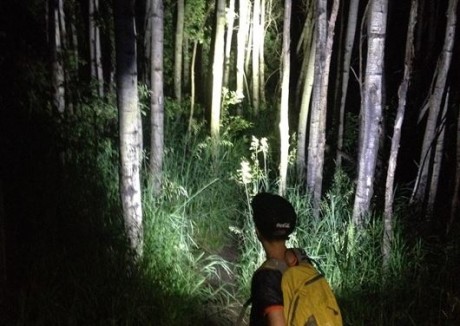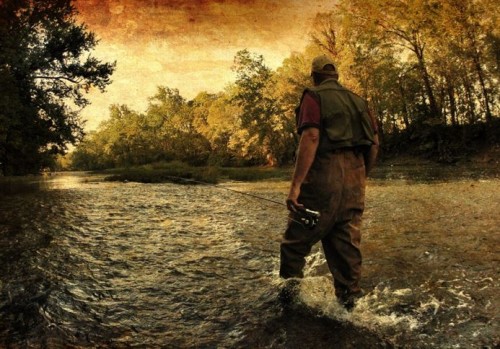Survival Tents: DIY Shelters For Critical Situations
Camping for fun or survival requires some education in the matter and should be done properly. Whether you’re just a casual camper, an avid one or you find yourself in need of shelter in order to survive the harshness of the wild, you should always be prepared and leave nothing to chance.




